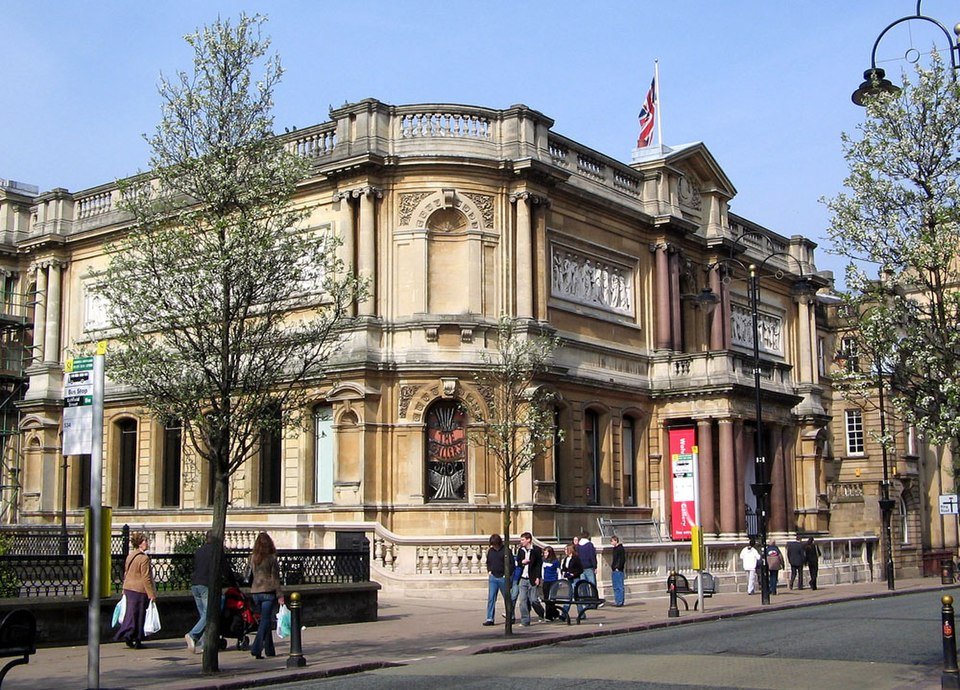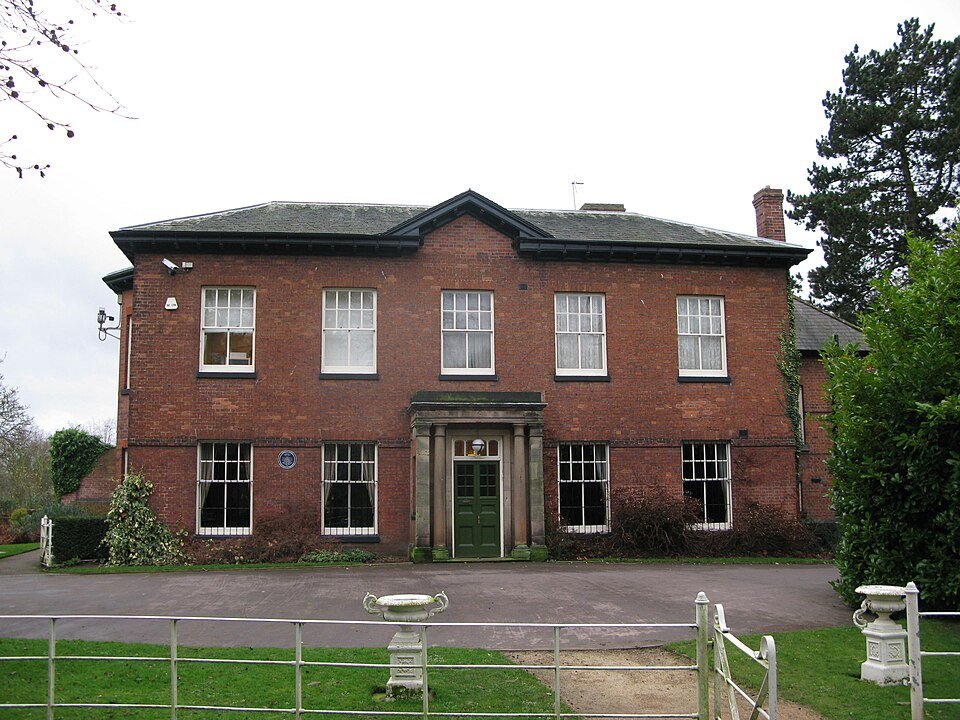In the Heart of the West Midlands
Wolverhampton, a vibrant city located in the West Midlands of England, boasts a rich history and cultural diversity that attract numerous visitors each year. With origins dating back to the 10th century, Wolverhampton has evolved from a small market town to a bustling urban center, reflecting significant economic and industrial growth throughout the years. It played a pivotal role during the Industrial Revolution, particularly in the manufacturing of goods such as locks and hinges, which contributed to its development and significance within the region.
The cultural landscape in Wolverhampton is diverse and eclectic, offering various attractions that cater to different interests. The city’s heritage is encapsulated in its array of historical landmarks, such as the majestic St. Peter's Church and the renowned Wolverhampton Art Gallery, which houses an impressive collection of fine art and local history. These sites not only showcase the artistic spirit of the city but also serve as a testament to its historical significance.
In addition to its historical attractions, Wolverhampton has embraced its cultural diversity, reflected in its vibrant festivals and events. With community celebrations that honor various cultural traditions, visitors can experience an array of cuisines, music, and performances that bring the city’s multicultural essence to life. The bustling markets and entertainment venues further enhance Wolverhampton's appeal as a destination that offers a fusion of modern and traditional experiences.
As one of the major cities in the West Midlands, Wolverhampton is conveniently located, making it accessible for day-trippers and tourists alike. This accessibility, combined with the rich tapestry of attractions, ensures that Wolverhampton presents a unique destination for anyone looking to explore the heart of England. Visitors can delve into its fascinating history, immerse themselves in its cultural offerings, and discover the charm that makes Wolverhampton an exceptional place to visit.
Places
Wolverhampton Highlights

Molineux Stadium
Molineux Stadium stands as an iconic landmark in Wolverhampton, being the home ground of Wolverhampton Wanderers F.C., affectionately known as the Wolves. Established in 1889, this stadium has not only housed countless thrilling football matches but has also witnessed significant historical moments in English football. The stadium underwent various renovations, ensuring that it continues to meet modern standards while preserving its rich heritage.
Visitors to Molineux Stadium can partake in guided tours, which provide an exceptional opportunity to explore beyond the confines of the stands. These tours frequently include visits to the pitch, the Wolves' dressing room, and the trophy room, showcasing the club's illustrious past. Knowledgeable guides share captivating insights about the stadium’s history, the team's achievements, and the legendary players who have graced its pitch. This immersive experience allows fans and visitors alike to connect deeply with the club's legacy and its significant role in the community. The atmosphere during match days at Molineux is electric, drawing passionate supporters who create an unforgettable environment. The roar of fans reverberates through the stadium, perfectly encapsulating the spirit of English football culture. The synergy between the players and the supporters contributes to an invigorating experience that surpasses mere entertainment; it fosters a sense of belonging and pride among those who attend.

The Wolverhampton Art Gallery
The Wolverhampton Art Gallery stands as a significant cultural institution in the heart of Wolverhampton, United Kingdom. Established in 1884, the gallery has evolved over the years to become a hub for fine art and a reflection of local heritage. Its impressive collection showcases over 20,000 items, including paintings, sculpture, and decorative arts, with a particular emphasis on the work of British artists from the 18th century to the present day.
One of the gallery's most notable features is its extensive collection of paintings by the Pre-Raphaelite Brotherhood, a group of English painters, poets, and critics formed in 1848. Art enthusiasts will also find a remarkable assortment of modern and contemporary art that captures the evolving landscape of creative expression. The gallery frequently hosts special exhibitions, which often include collaborative projects with local artists and institutions, providing visitors with fresh perspectives on both historical and modern artistic practices.
The building itself is an architectural gem, blending Victorian elegance with modern enhancements, ensuring an inviting atmosphere for all visitors. Accessibility is a key focus, with the gallery accommodating individuals with various needs. Facilities include ramps and accessible toilets, making it easier for everyone to enjoy the art on display. In addition to the visual arts, the gallery often organizes workshops, talks, and events for community engagement, creating a vibrant cultural dialogue that is essential for the enrichment of Wolverhampton’s artistic landscape.
For those planning a visit, the Wolverhampton Art Gallery is free to enter, making it an accessible option for individuals and families alike. With its commitment to showcasing both historical and contemporary works in an engaging environment, the gallery is a must-visit attraction for anyone exploring Wolverhampton.

Bantock House Museum
Bantock House Museum, located in Wolverhampton, stands as a significant repository of local history and culture. Set within a historically rich Edwardian residence, this museum offers visitors an engaging glimpse into the lives of those who lived in the area during the 19th and early 20th centuries. The exhibitions within the museum feature a diverse range of artifacts that reflect the social history of Wolverhampton, showcasing everything from period furnishings to art and textiles that have shaped the community's identity.
The charm of Bantock House is complemented by the surrounding Bantock Park, an expansive green space that enhances the visitor experience. The park is characterized by its picturesque landscapes, ornamental gardens, and well-maintained walking paths, making it an ideal setting for leisure activities and family outings. Its lush greenery and vibrant flower beds create a stunning visual backdrop, inviting visitors to immerse themselves in nature while exploring the museum's offerings.
In addition to its rich exhibitions, Bantock House Museum also hosts a variety of educational programs designed to engage families and groups. These initiatives include guided tours, workshops, and special events that encourage interactive learning. School groups, in particular, benefit from tailored programs that align with educational curriculums, thus providing a unique opportunity for students to explore historical narratives in a hands-on setting. By fostering a connection to local heritage, Bantock House Museum serves not only as a cultural landmark but also as a vital educational resource for the community.
